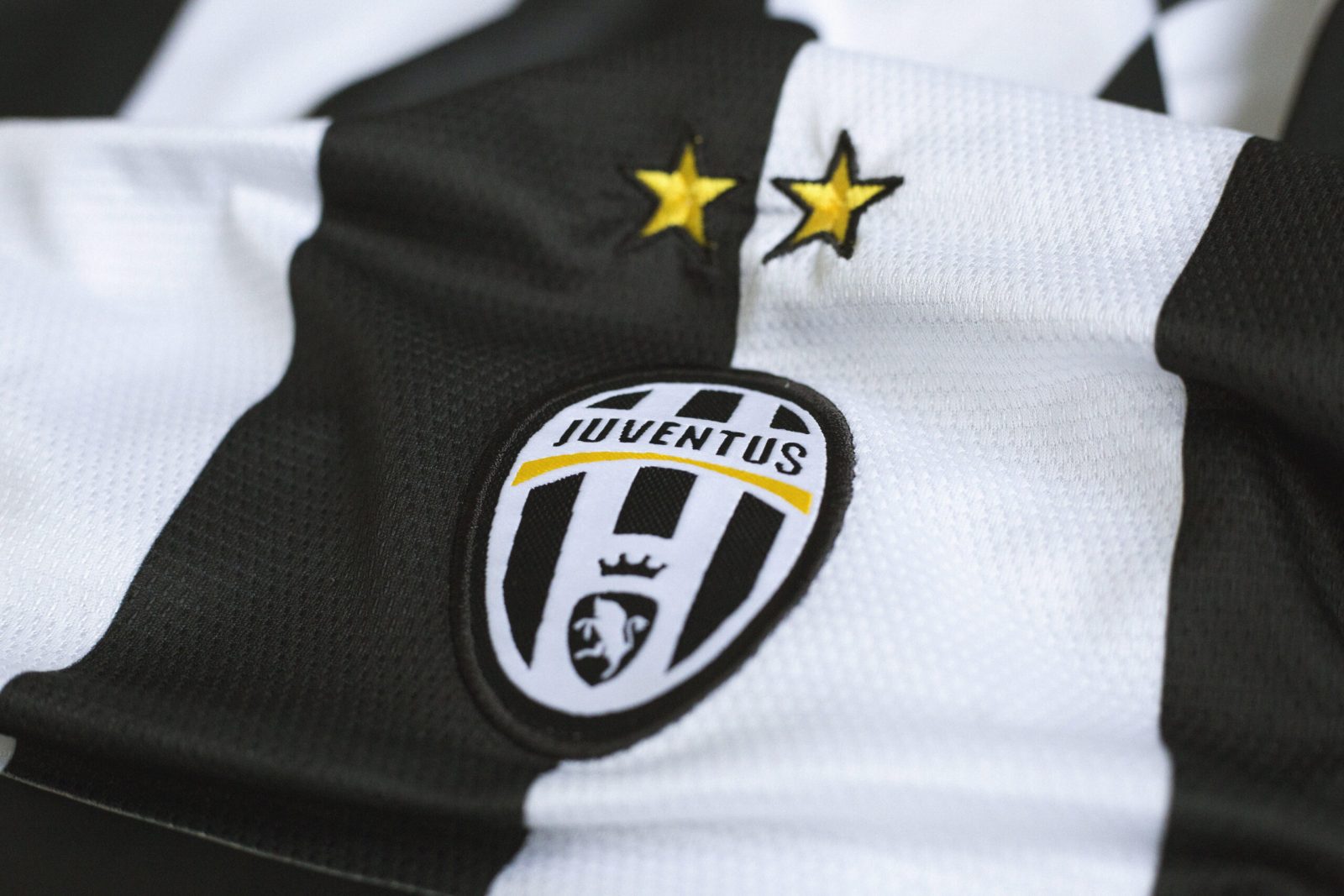See how the best branding agencies view some examples of both great and terrible brand development work for sports teams and athletics.
A good brand design agency understands the importance of brand development for sports teams. A team’s brand provides a quick reference point for what the team and even individual athletes represent. From the home field to merchandise, this consistent brand message helps build the excitement and loyalty that teams need to develop in their fans and sometimes, even to recruit new talent and partnerships. With that in mind, explore both good and less-good examples of brand development for sports teams.
An example of great branding agency work for a sports team
Forbes highlighted the work of the Philadelphia Union soccer team and its brand marketing agency to better position itself with fans in the city. At the time this effort began, the team had formed only about eight years previously. Still, management realized they needed to reenergize their image to grow in their market. Like any other organization, they needed to position their brand in order to establish relevance in the mind of their market.
And to accomplish this, the soccer team began by researching their target market to develop a brand position statement. While Philadelphia sports have a long and established history, the city also enjoys a growing youth movement. Also, Philadelphia has long associated itself as a bastion during the Revolutionary War period. Thus, they decided upon “youth, fearless, and challenger” as the three parts of their statement.
With this in place, the team didn’t so much create their own brand as organically adopt it from the city itself. As Tim McDermott, the Chief Business Officer of the team said, they wanted their fans to define their team and not the other way around.
As the brand continues to evolve, the Philadelphia Union soccer club has even incorporated street and pop-culture art into their graphics. At the same time, they use the mantra “Join or Die,” a slogan from the Revolutionary War days. While their brand development efforts seek to embrace youth, they don’t neglect the history of their city.

Sports team brand development mistakes to avoid
Since the Union soccer team had only been around for a few years, perhaps they took less of a risk with rebranding than some other teams. Still, it’s fair to argue that they succeeded because they took the time to study their market before creating a brand position statement, graphics, and marketing messages.
Fast Company mentioned that a 120-year-old soccer club in Italy called Juventus did not enjoy such a warm reception when they replaced their old logo with a more minimalist, modern one. At the time, fans associated the old graphics with 12 decades of championships, and the soccer club did not even respond to indigent outcries to bring the old logo back. Some critics noted that Juventus has not done well financially because they haven’t managed to grow their market, and perhaps, they should consider a better approach to brand positioning to help with that effort.
Closer to home, the L.A. Chargers also faced derision when they rebranded with a new logo. They did respond by saying they only used a temporary design. Then, they changed the color scheme. When those steps failed to reduce criticism, they simply buried the new design.

How a brand design agency can help ensure positive brand development
Of course, every team will face different circumstances when they hope to brand or rebranding their image. Teams with a longer history may face more resistance when they work to change their image. After all, longtime fans will already have the logos in mind. They may have invested in merchandise and in more than a few cases, even have tattoos of their favorite team.
At the same time, rebranding can help onboard new fans and reenergize old ones. A brand marketing agency can take some obvious lessons away from the good and bad examples above. Just as with any kind of organization, it’s important to research the market and consider the legacy of the team and even the geographic area.
During the rebranding effort, collaboration and communication with supporters should also help defuse resistance to change. The brand represents and solidifies the team image in the mind of fans. Still, as McDermott of Philadelphia Union pointed out, fans really define the team.

